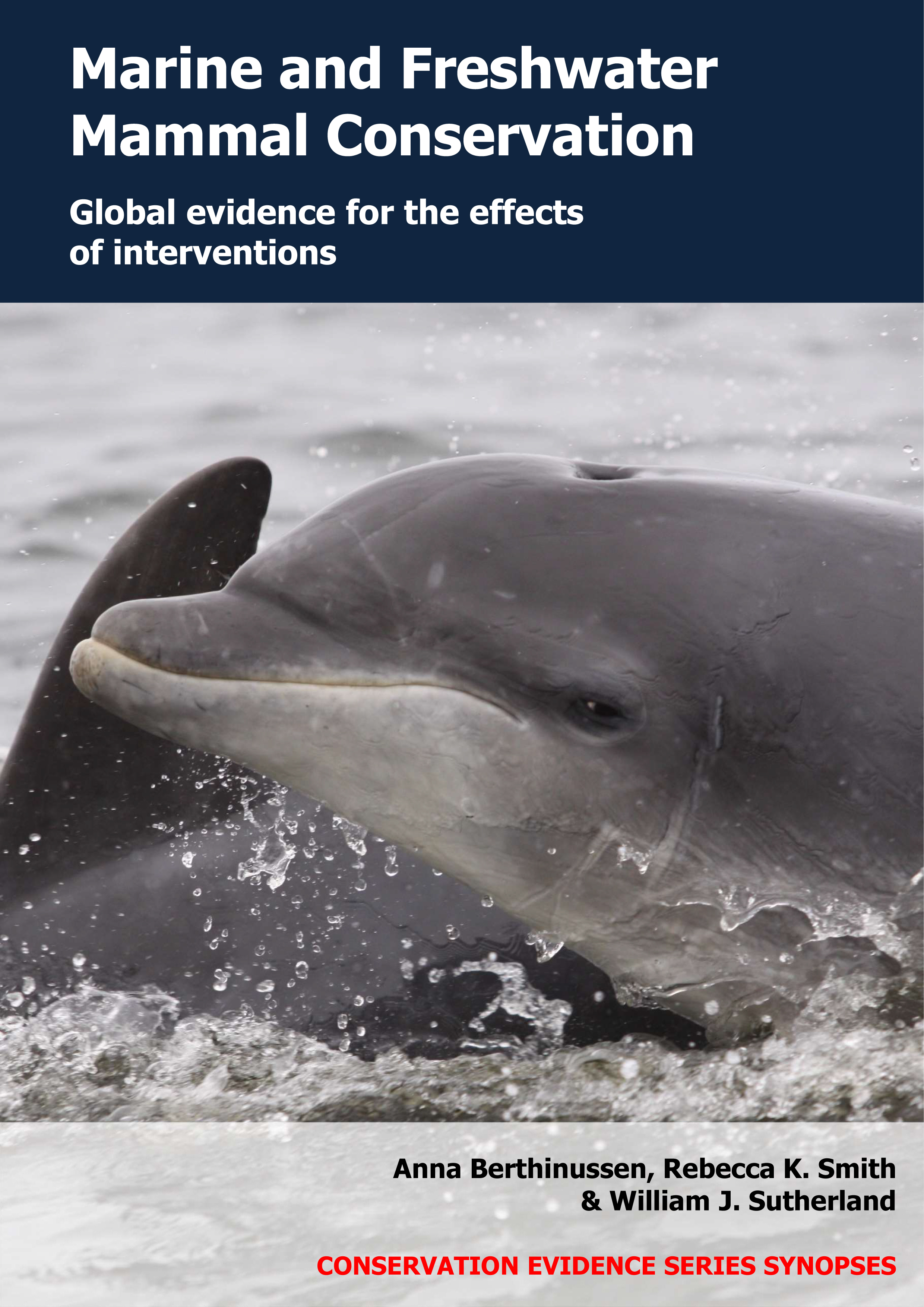Replace or repair damaged anti-predator nets around aquaculture systems
-
Overall effectiveness category Unknown effectiveness (limited evidence)
-
Number of studies: 1
View assessment score
Hide assessment score
How is the evidence assessed?
-
Effectiveness
50% -
Certainty
28% -
Harms
10%
Study locations
Supporting evidence from individual studies
A site comparison study in 2001–2003 of 26 Atlantic salmon Salmo salar farms in the western North Atlantic Ocean, off the coast of Maine, USA (Nelson et al. 2006) found that farms that replaced anti-predator nets more frequently had fewer fish losses to Western Atlantic harbour seal Phoca vitulina concolor predation than those that replaced nets less frequently. Farms that replaced anti-predator nets more than once/year reported fewer losses of fish to seal predation than farms that replaced anti-predator nets once/year or less (data reported as statistical model results). Twenty-two farms replaced anti-predator nets more than once/year. Four farms replaced nets once/year or less. Farm managers were sent annual questionnaires in 2001–2003. Data were collected on methods used to deter predators and estimated numbers of fish lost or damaged due to seal predation.
Study and other actions tested
Where has this evidence come from?
List of journals searched by synopsis
All the journals searched for all synopses
This Action forms part of the Action Synopsis:
Marine and Freshwater Mammal Conservation
Marine and Freshwater Mammal Conservation - Published 2021
Marine and Freshwater Mammal Synopsis





)_2023.JPG)














